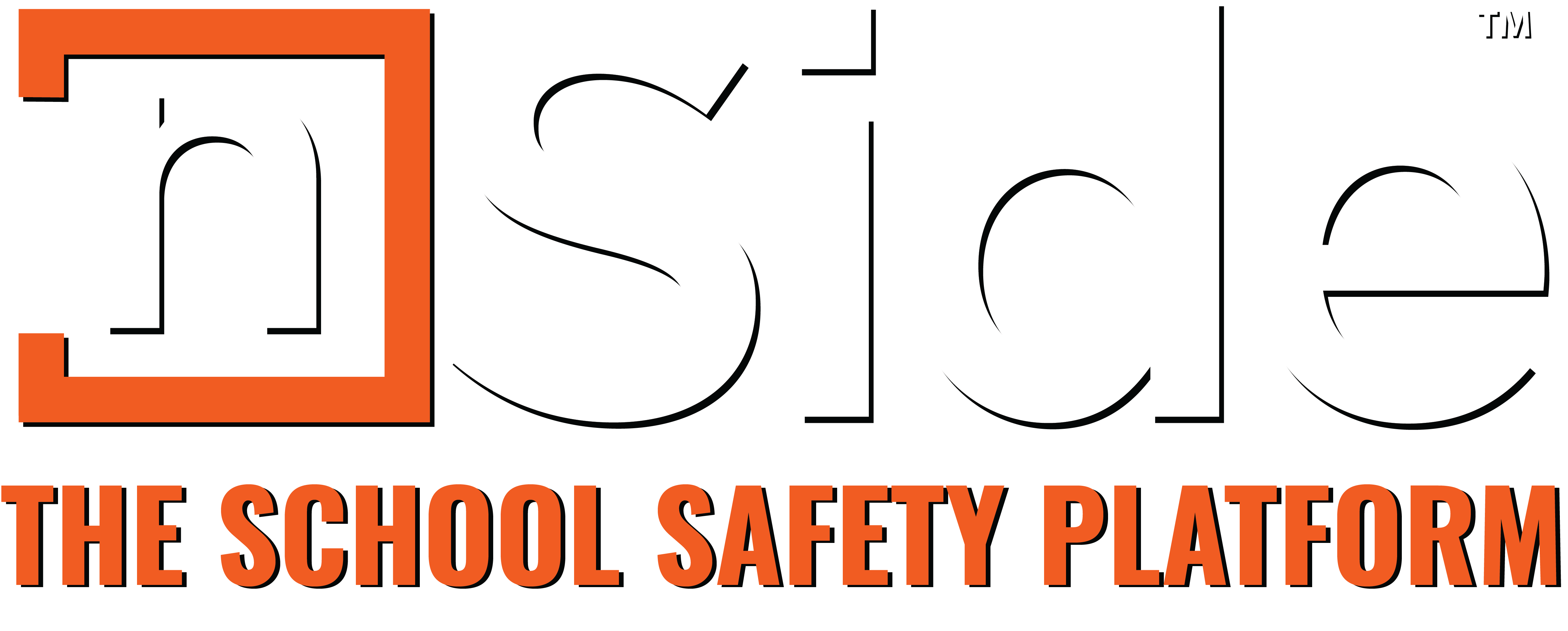Would you know where the closest AED is located in the case of an emergency?
The Today Show on NBC recently produced a story about Bob Harper from “The Biggest Loser” and a heart attack he experienced while training in his gym. He survived, primarily because an automated external defibrillator (AED) was located in the gym. These are devices that help save lives in this type of event by delivering “a dose of electric current to the heart.”
However, if you needed to locate one in your school, church, or facility, would you know where to look? With less than 3 percent of Americans trained in CPR, the survival rate of a heart attack drops to 6 percent if no one assists the victim. Simply knowing where an AED is located can dramatically help those rates. The video below is an example that puts people to the test in a gym setting:
How nSide Helps
When nSide is used to map a facility, lifesaving safety equipment like AEDs become instantly visible, highlighted, and searchable in accessible digital floor plans used for planning, safety drills, review, and emergency access. When the Data team visits your site, they will visually inspect every aspect of the building and make sure all AEDs are located and represented on the map.
Planning, Preparing, and Practicing
nSide firmly believes that planning, preparing, and practicing concepts are key to thriving in a safe and productive environment. By planning, all relevant stakeholders can team together to assess their current resources and put together an executable plan for dealing with an emergency. By preparing, planners can make sure they have all of the tools they need to execute the plan. Lastly, by practicing, the organization can execute the plan they have put together, noting inefficiencies along the way and adjusting accordingly. These three concepts are a never-ending circle, and should be put to use frequently in order to make sure the emergency operation plan can be as effective as possible.
Use Case for AEDs
In the case of AEDs, seconds are precious. We can assume in a real-life emergency, staff and responders will not have time to pull up the nSide map to find the closest AED. This is why we believe the planning, preparing, and practicing concepts and repetition are essential in a small-scale, single individual type of event.
nSide is a tool to help organizations and their staff better understand place and their surroundings. Each organization should use their Emergency Operation Plans in order to understand their buildings/campuses (i.e. “Where do I need to go to assist the person in need?”), the resources needed for this type of response (i.e. “I need to use an AED for the victim, and where are they located throughout the building?”), and who is best qualified to respond to the situation (i.e. “What skills do staff members possess?”).
To be better prepared, we recommend regularly reviewing the Emergency Operation Plans with your team, having the nSide map continuously updated, and staff skills surveys and user profiles being completed for all staff members.
How Have You Prepared for This Type of Situation?
We would like to understand more how the use of an AED in an event has been used with nSiders. Has your organization experienced a similar situation? How did you respond? What do you do to train or prepare for this situation? In the discussion topic on the nSide Community, let us know how you would respond in the case of an AED needing to be used.



